Prostatitis is inflammation of the prostate gland.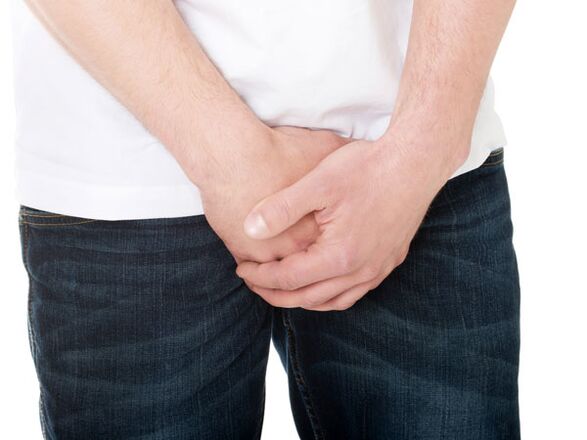 It occurs more often in men of age or over 25-50 years.Pain and false urination, as well as the general sense of malaise, are the main symptoms.Often the disease is accompanied by fever and chills.
It occurs more often in men of age or over 25-50 years.Pain and false urination, as well as the general sense of malaise, are the main symptoms.Often the disease is accompanied by fever and chills.
Depending on the cause of the occurrence, the bacterial and abotteric form of the disease is released.Abbacterial prostatitis with a 90% share is the most common inflammation of the prostate.According to estimates, about 50% of all men face this problem, at least once in life.
The main reasons for development:
- E. coli;
- Sexual transmission infections, including Gonorrhea, Clamidia;
- nervous system disorder;
- Reduce the protective functions of the body.
Presumably, the risk of developing the disease increases with chronic body intoxications with alcohol, morphine and nicotine.Studies conducted in the field of modern andrology argue that among the predisposing factors there are horse injuries, for example cyclists and motorcyclists.The circumstances listed contribute to the exacerbation of latent inflammation in the body's tissues.
The decisive importance in the development of the pathology is assigned to stagnant phenomena in tissues.In the event of violation of the capillary blood flow, swelling and exudation of the tissues occur, which is framed the creation of acceptable conditions for the occurrence of an infectious process.
The structure and functions of the prostate gland
The prostate is the male genital organ, which is located under the bladder.The protruding gland size of a chestnut weighs 20 grams and surrounds the urethra and two ejaculation channels.They direct the secret of the testicles, appendices and seed bubbles in the urethra during ejaculation.
The protruding gland produces the secret so called, which is also part of the seed fluid (ejaculate).It stands out in the urethra when the sperm effort and supports its transport.About 70% of the fluid ejaculate during orgasm is produced by a prostate.The liquid is an alkaline secretion that mixes and also protects sperm from the acid vaginal vehicle, increases their mobility and facilitates their flow in the egg.Due to the anatomical position of the prostate, the disease often causes symptoms such as painful urination.
Types of prostatitis
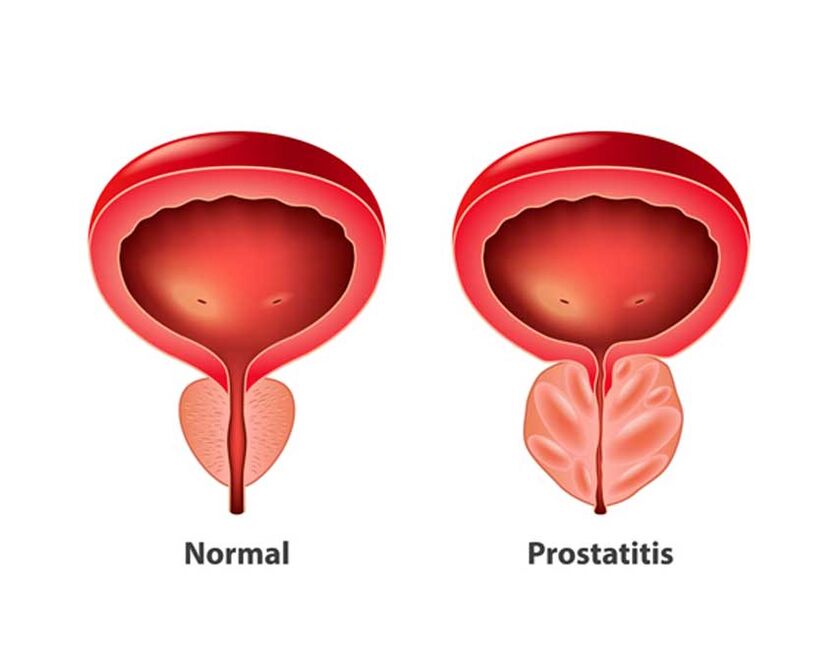
With a bacterial lesion of the prostate, two forms of current are distinguished:
- Sharp.Inflammation is caused by bacteria that increase through the urethra and colonize the prostate.These are bacteria Escherichia coli who live in the intestine.Other pathogens include enterobacteria and mycobacteria.The inflammation caused by bacteria is about 10% of cases.
- Chronic.An unloaded bacterial infection can develop in a chronic.This is the case in which the complaints last more than 3 months.
Chronic prostatitis is diagnosed mainly in the elderly.In the absence of timely therapy, infertility develops in about 40% of cases.This is due to the fact that the body no longer develops a sufficient amount of secret, which provides sperm mobility.
Table - types and symptoms of prostatitis in men
| Name | Peculiarity | Symptoms |
| Abacterial | The base of emptying is based.Urine enters the ducts, due to which metabolic products (uric acid, purines and pyrimidine bases) are deposited in its tissue, which leads to inflammation and formation of stones. |
|
| Catarrh | Inflammation is located in separate fractions of the gland, which leads to a change in the structure of the submucous layer and the mucous membrane of the introductory ducts.In the follicles, stagnant phenomena arise, which is framed of further progression of the disease. |
|
| Thick | It is accompanied by moderate hyperthermia or typical sub -sub -sub -sub -sub.The focal suppuration of all damaged areas occurs. |
|
| Parenchymal | There are multiple injuries.Most of the parenchyma, interstitial tissue are involved in the pathological process.With the accumulation of multiple abscesses, an abscess is formed. |
|
Inflammation can also occur without symptoms.It is found in the framework of a preventive examination in the content of a greater number of leukocytes in sperm.
Current characteristics
Prostatitis has several development phases, each of which is characterized by some symptoms:
- Phase I. is characterized by the appearance of the inflammatory process and by the improved operation of the prostate.The general condition remains normal, with the exception of the appearance of the clinical picture of the disease.The first phase lasts 1-3 years.At this stage, complete cure with the help of medicines is possible.
- Phase II.Symptoms subside.After some time, a violation of erection and irritability arises.In sexual intercourse, there may not be ejaculation.There is weakness and pain in the perineum.It is accompanied by a violation of the organ structure, which is full of compromised blood supply.Therapy is carried out using antibiotics, immunomodulators and physiotherapy.
- Phase III.The last stage in the development of the disease, which is accompanied by the necrosis of the tissues.The scars appear on it, which begin to press on the internal organs.The iron is wrinkled and deformed, which is fraught with dysfunctions of the parental parent system.There is acute pain during urination and radicalite signs have improved.The patient must be under constant medical supervision.
In advanced cases, the disease is completely removed.Therefore, do not launch diseases.It is better to consult a doctor when the first symptoms appear, which can be adjusted to drugs.
Symptoms of prostatitis
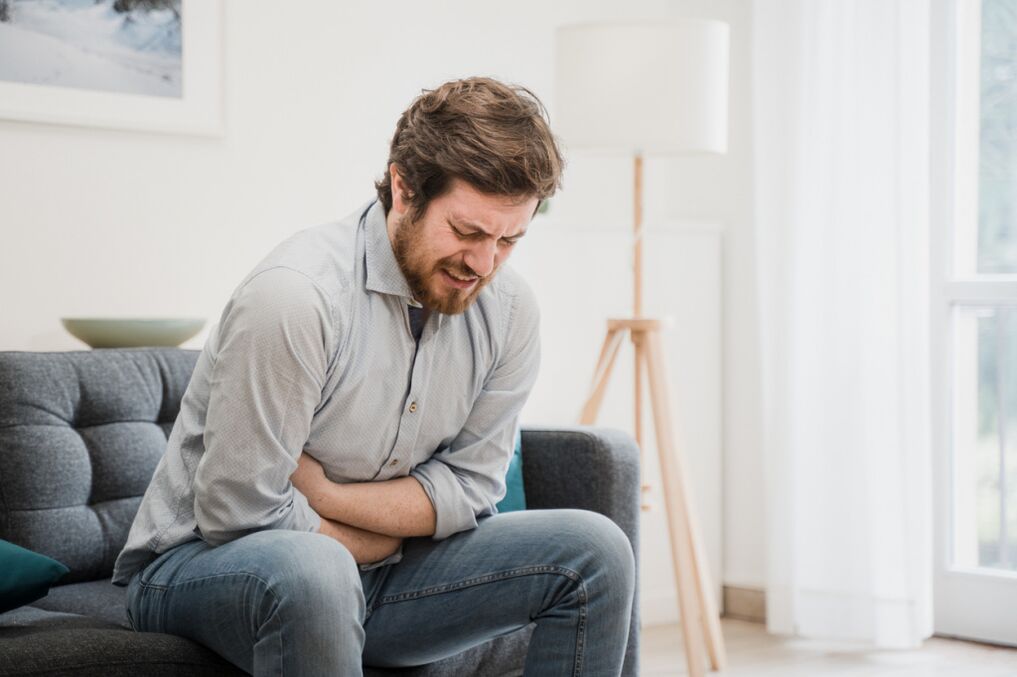
The manifestations are the same for all types of disease, with the exception of fever, which is present only with bacterial origin.The signs of prostatitis are conditioned in 2 groups:
- From the uric vegetable system - painful and frequent urination, pain in the lower abdomen, a sense of incomplete emptying;
- By sexual function - loss of orgasm, premature ejaculation, weak erection, pain in the rectum.
There is also an increase in nervousness and anxiety caused by the concentration of attention on its state.This can be accompanied by a change of character, grudge and irritability.
Possible complications
The absence of diagnosis and timely treatment leads to the following complications:
- Urine delay.The patient is unable to independently empty the bladder, which is accompanied by intense pain.There are cases of gap.In order to avoid complications, the urine is excreted through a catheter.
- Abscess.Pus accumulates, which is accompanied by high body temperature, chills and strong pain in the perineum.Antibiotics are needed with a high dose and surgery.
- Blood infection (Urosepsis).Bacteria penetrate the bloodstream and spread throughout the body.
If the disease proceeds chronically and without an adequate correction of the drug, a man can become useless.Only effective therapy helps to get rid of these complications.
Diagnosis
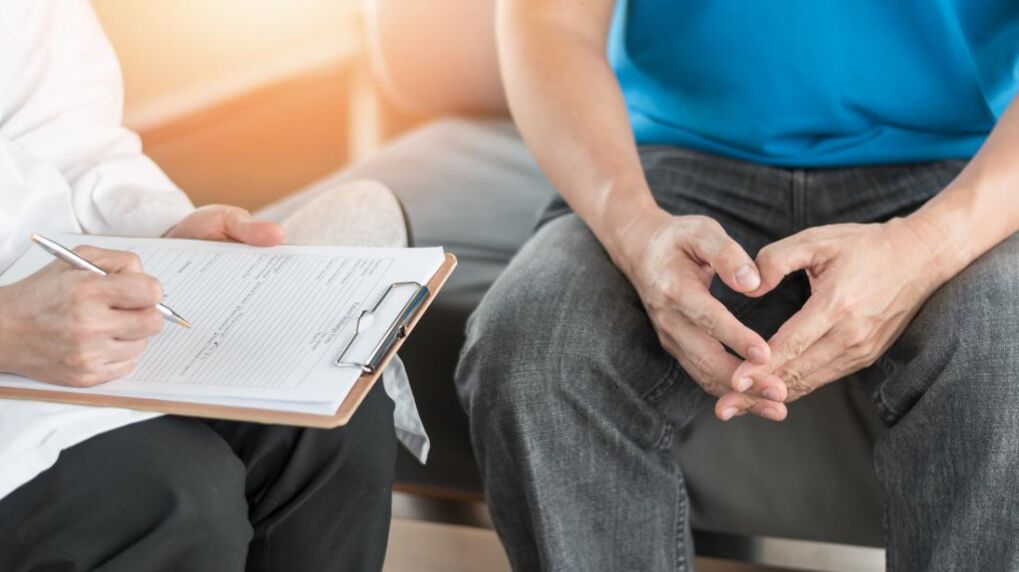
If the first signs and symptoms of prostatitis appear, it is necessary to consult a doctor who will establish a diagnosis and prescribe an appropriate therapy scheme.
The main phases of the diagnosis:
- History of Anamnesis (Studies on Symptoms);
- palpation of inguinal lymph nodes;
- Striscia urethra;
- transrettal ultrasound;
- laboratory blood test;
- Sperm champions and urine samples to identify the possible type of pathogenic microorganisms.
Based on the results obtained, therapy is prescribed.In advanced cases, surgery cannot do without.Among the main indications for the surgery, an abscess, paraproctecitis and acute delay in the urine should be distinguished.
Treatment of prostatitis
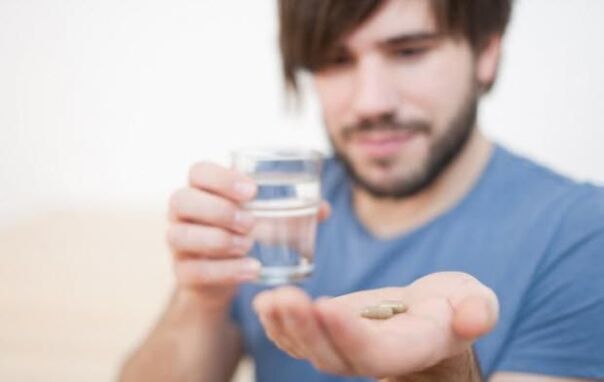
The conservative therapy scheme is prescribed only after determining the pathogen.The car -in this case, is unacceptable, because it can lead to irreversible health consequences.
The most effective drugs for prostatitis:
- No. 1 - Extract of creeping palm fruit.
The phytopropration is prescribed for the prostate injury.Designed on the basis of the extract of fruits of freedom.It does not cause a hormonal imbalance and does not affect the hypothalamic-pituitary system.
- N. 2 - aminodididihrofroftalazindion sodium.
The anti-inflammatory and immunomodulant drug regulates the functional-metabolic activity of the cellular structures of adaptive and congenital immunity.The suppositories are prescribed in complex therapy for adults and children aged 12 years of age.It effectively makes the manifestations of the inflammatory process, reducing the symptoms of the disease.
- N. 3 - Prostate.
The drug is widely used in urological diseases.This is the most effective treatment for chronic prostatitis.Moderately reduce the size of the prostate gland, improving urine processes.Available in the form of tablets and rectal suppositories.
- N. 4 - Prostate passage the form of intramuscular suppositories and injections.
Designed to stop the signs of prostatitis and the treatment of the disease in men.The drug of animal origin relieves the swelling of the gland, restores the secretory functions, stimulating muscle tone.
- N. 5 - Nitrofurantina.
Antibacterial tablets have an antimicrobial effect.Quickly eliminates inflammation, eliminating parental infections.
- N. 6 - Tsiprofloxacin.
It belongs to the Fluorochinoloni group.It is effectively compared with complicated and simple forms of the disease.It helps to eliminate existing violations.
- No. 7 - Azoximer bromide.
Immunostimulating agent based on azoximer bromide.It relieves inflammation and has an antioxidant and detoxifying effect.Increases body resistance to various types of infections.Available in the form of a solution for injection.
- No. 8 -Cephym.
It has a large spectrum of action, inhibiting the cell membrane of the pathogen.Contains the character.Used in complex therapy.
- N. 9– Josamicin.
A macrolino antibiotic based on propionate Josamicin.It has a bacteriostatic effect by inhibiting the synthesis of protein bacteria.It is produced in the form of granules for the preparation of a suspension and tablets.
- N. 10– doxicicline.
The antibiotic of the Macrolide Group has high activity in relation to intracellular microorganisms.It is prescribed for mixed infections of the genitals and urinary tract.
To increase the effectiveness of the drugs, the glands massage is indicated.The procedure has a complete action: it makes the secret accumulated in the ducts to remove from the body.
Prostatitis prevention

To exclude the development of the disease, it is recommended to avoid hypothermia, observe a diet and lead a normal sex life.It is also important to exclude sexual transmission diseases.
A favorable forecast depends on several factors:
- timely diagnosis;
- trigger factor;
- form of the disease;
- age;
- The general condition of the patient.
With timely detection and adequate treatment, the prognosis is always positive.Otherwise, consequences such as chronic inflammation and other complications may occur.You should visit the urologist at least once a year.With the impact of prostatitis, preventive visits to the doctor are recommended every 6 months.


























